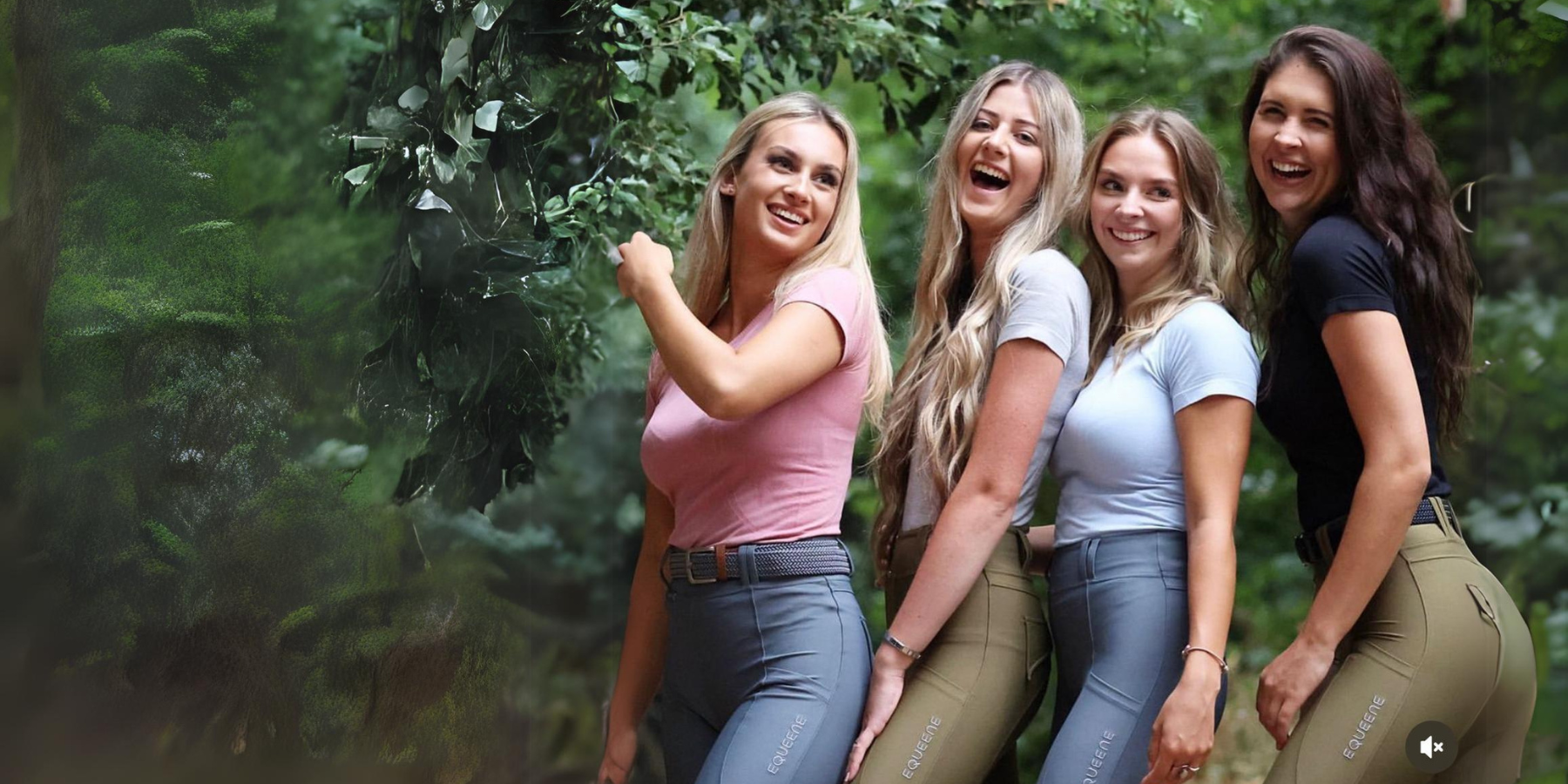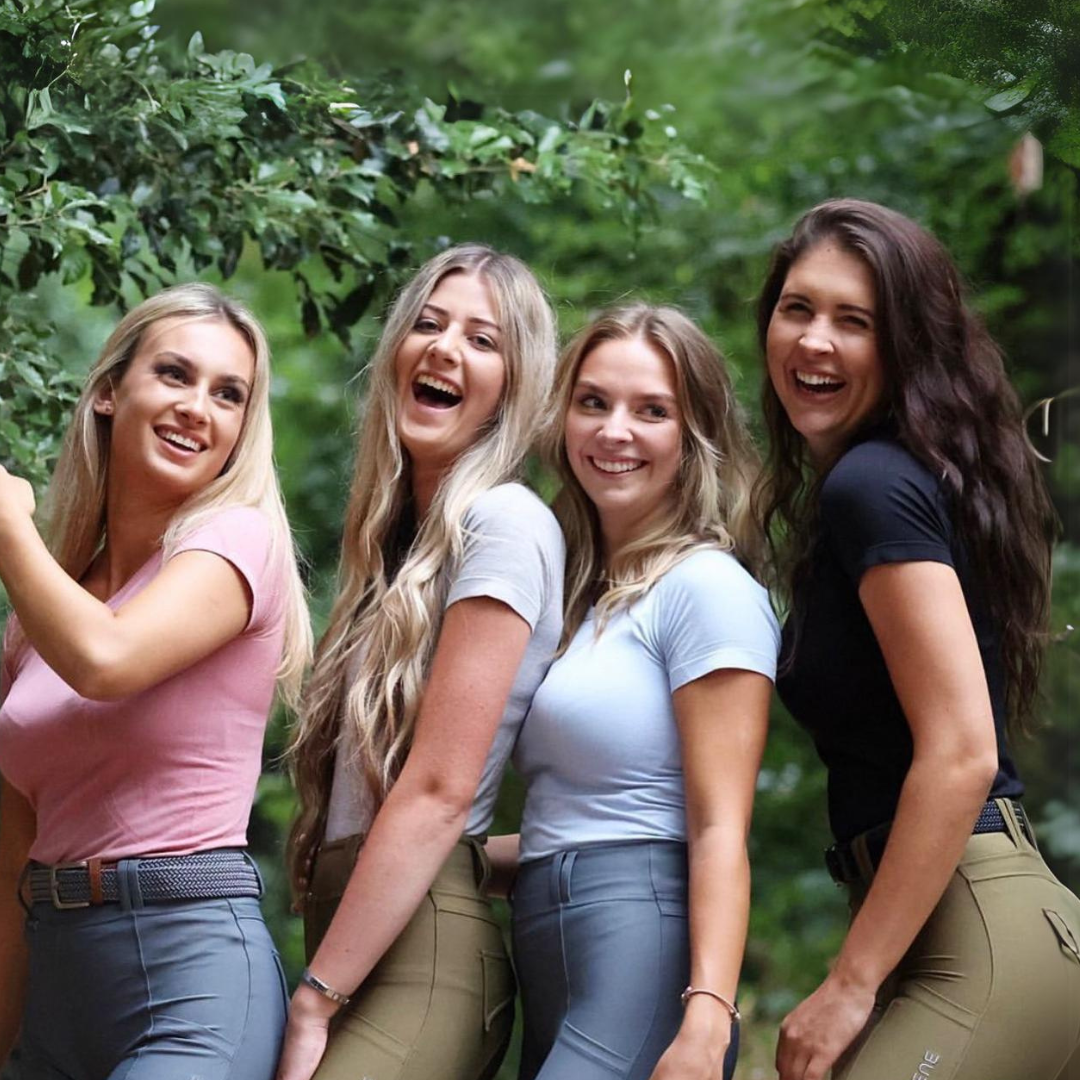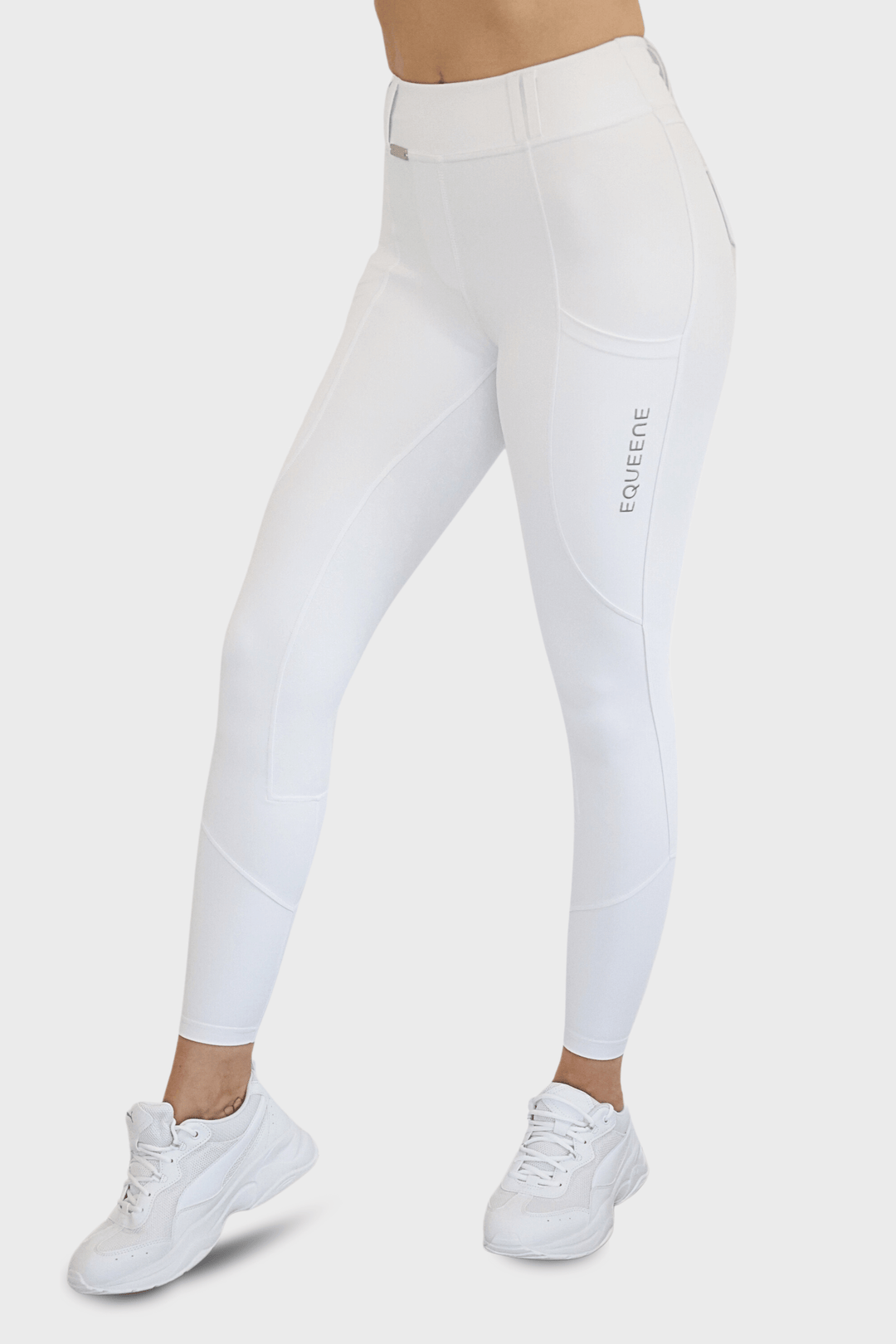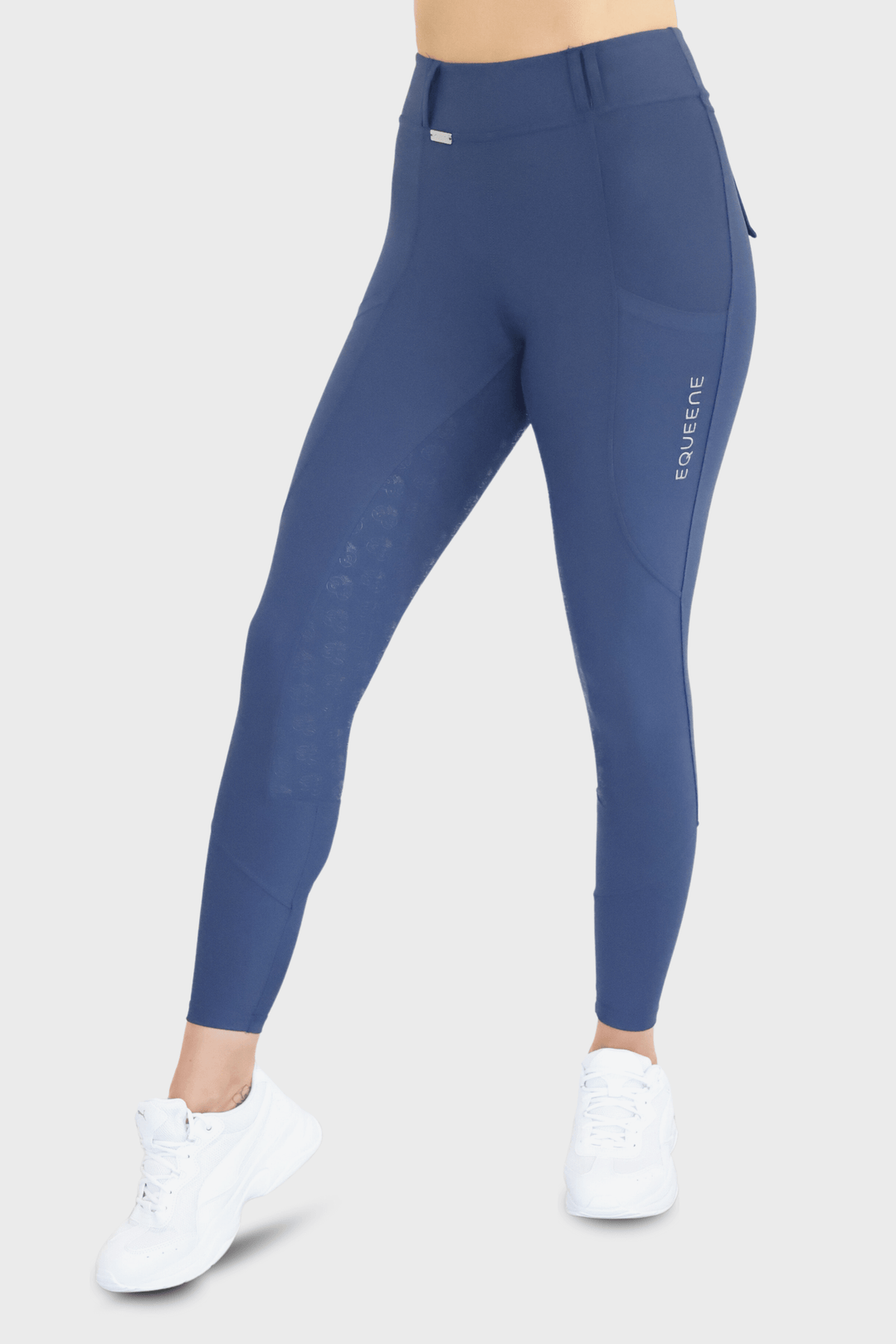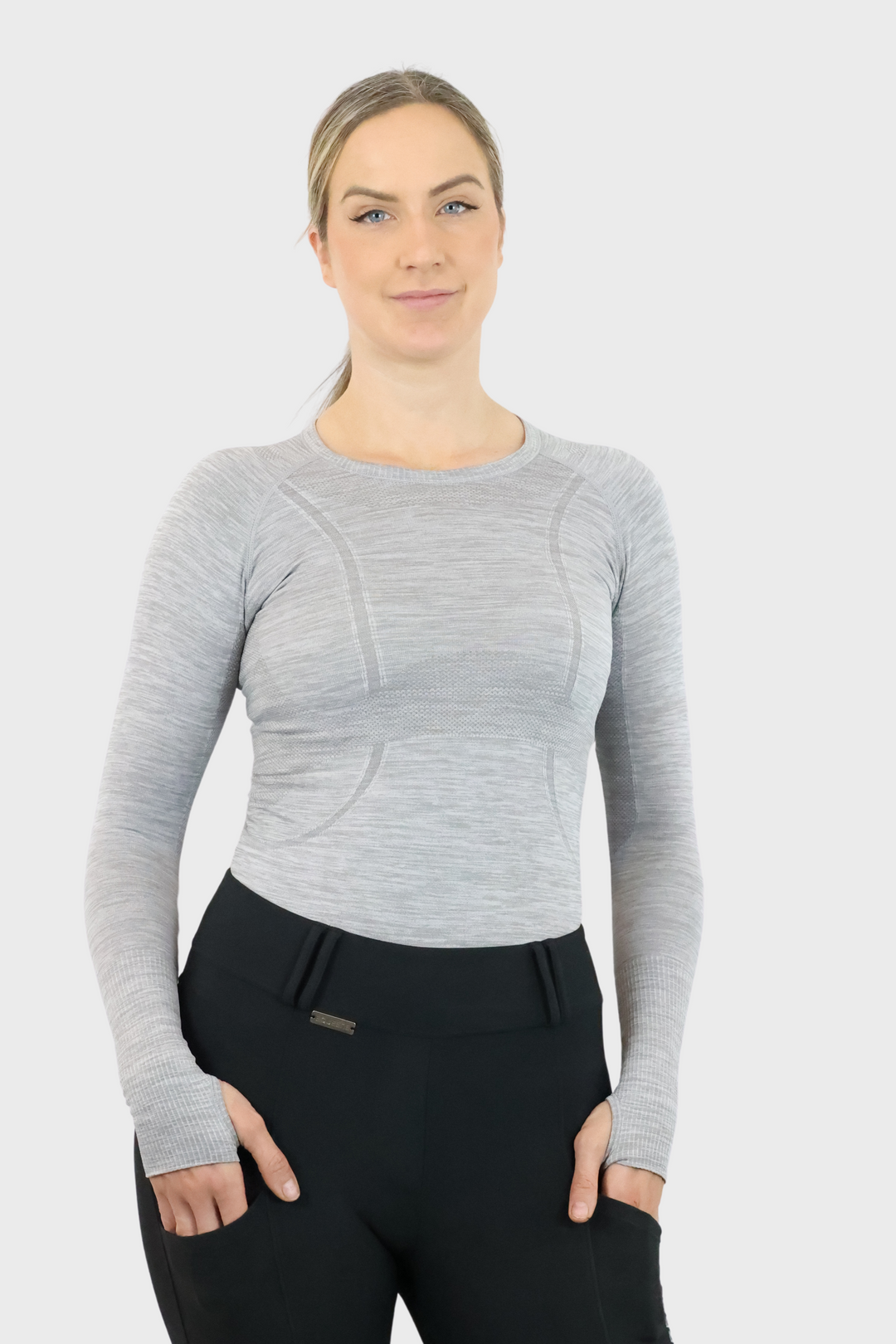A steady and balanced seat in the saddle is essential for any rider. However, defining what makes a good seat can sometimes be unclear. Understanding the key components of a strong riding seat and how to improve it can enhance both rider performance and horse connection.
The Fundamentals of a Good Riding Seat
A good seat is a balanced and aligned position in the saddle that allows for precise aids while maintaining a strong connection with the horse. A useful visualization is the concept of “three buckets” stacked on top of each other: the hips, rib cage, and head. When these elements are properly aligned, and muscle chains are working efficiently, the rider achieves the lightness and harmony necessary for fluid movement.
A well-balanced seat starts with proper foot placement in the stirrups, ensuring stability. The legs should remain long and wrapped around the horse, with the rider sitting deep and evenly on both seat bones. Core muscles play a crucial role in connecting the hips and upper body, maintaining overall alignment.
From this position, riders can:
-
Adjust their posture easily as needed.
-
Use lighter, more effective aids.
-
Maintain a soft yet stable contact with the horse.
The Importance of a Strong Seat
A rider’s seat is their most valuable tool. It directly influences the horse’s biomechanics, impacting gait quality, balance, and overall movement. A weak or unbalanced seat can hinder skill development, making it difficult to sit comfortably between jumps, maintain stamina during extended dressage tests, or execute a smooth sitting trot. Strengthening the body through targeted exercises prepares riders for the physical demands of horseback riding, allowing them to focus on technique rather than constantly adjusting their position.
Key Muscle Groups for a Strong Seat
Each rider has unique challenges, but certain muscle groups are vital for developing a good seat:
-
Core and hip flexors: These muscles help absorb the horse’s movement and enable the rider to follow the horse’s motion smoothly.
-
Hip stability and gluteus medius strength: The gluteus medius, located on the outer hip, is essential for keeping the rider centred in the saddle without gripping with the knee. Side plank variations and single-leg exercises can help strengthen this area.
-
Mid-back and posterior shoulder muscles: These muscles support an upright posture and prevent the shoulders from collapsing forward.
Tips for Maintaining a Good Seat While Riding
To improve seat stability and alignment, riders should focus on the following:
-
Stirrup placement: Position the stirrups just behind the widest part of the foot, with the heel slightly below horizontal. Overextending the heel downward can create rigidity and limit movement.
-
Hip alignment: Maintain a neutral hip position by engaging the pelvic floor, hip, and core muscles, ensuring a balanced posture.
-
Upper body alignment: Breathe deeply and visualize the shoulders aligning naturally over the hips. A slight engagement in the mid-back and shoulder blades can help maintain a steady frame.
Common Riding Challenges and Solutions
Struggling with Leg Stability
Unsteady legs often indicate a lack of hip strength and stability. Relying too much on the inner thighs rather than engaging the core, hamstrings, and glutes can result in excessive knee gripping. Strengthening the lower abdominal muscles, hamstrings, and glutes can improve hip stability and reduce unnecessary leg movement.
Difficulty with Balance
Good balance in the saddle requires proper muscle engagement and stirrup contact. Many riders overlook the role of foot muscles in stabilizing the stirrups. Exercises such as floating heel movements can enhance foot engagement and overall balance.
Poor Posture
Postural issues often stem from hip misalignment. A tilted-back hip can cause a rounded back, making it difficult to sit upright. Ensuring a neutral hip position before working on upper body strength is crucial. Strengthening the hip flexors, lower core, and back extensors can help realign the seat, allowing for a more upright and balanced position.
By focusing on these key aspects, riders can improve their seat, enhance their connection with the horse, and refine their overall riding technique.





